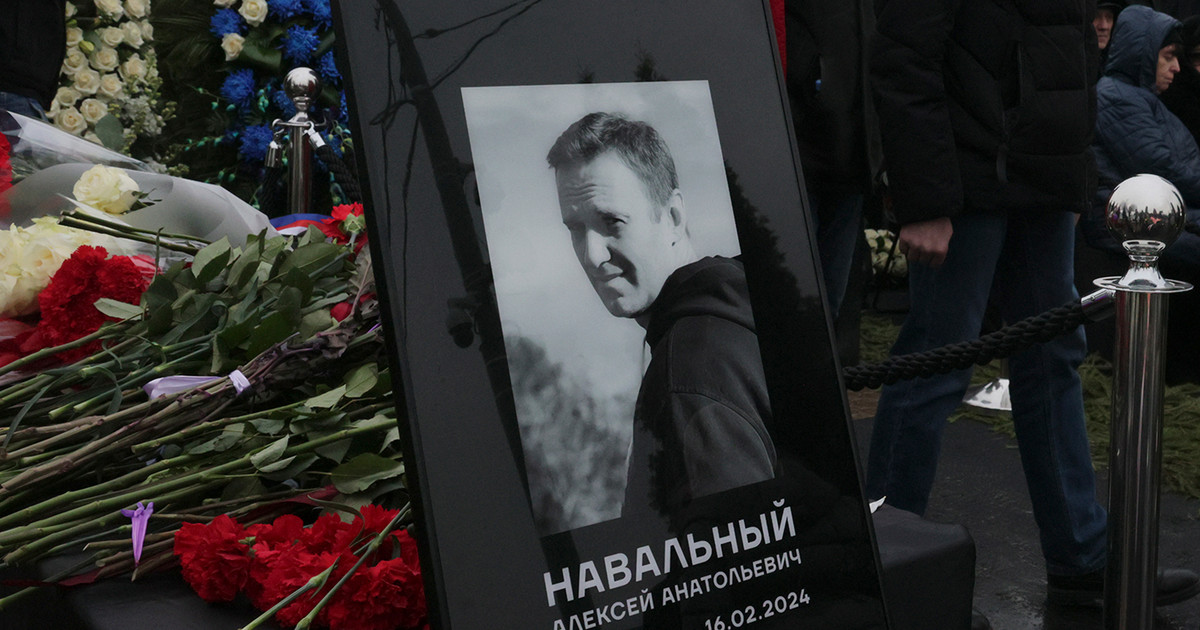If you boarded a passenger plane in 1950 and looked inside the cabin, you would see five people there (probably all men): two pilots, a radio operator, a navigator, and a flight engineer.
Over the years, technical advances in radio communications, navigation systems, and on-board monitoring equipment have gradually eliminated the need for the last three, making it possible to safely fly a passenger plane with just two pilots. For nearly 30 years this has been the norm in commercial aviation.
However, things could soon be simplified even further, and one of the two remaining pilots – technically the co-pilot – could leave the position, leaving only the commander. Many smaller and military aircraft are already manned by a single pilot, but for commercial aviation this would mean venturing into a new world.
a challenging transition
“Transitioning from a two-man cabin to a single-pilot cabin will be significantly more challenging than transitions from a five-person cabin to a two-person cabin,” says a 2014 study of NASA’s single-pilot operations , who has been doing research on the subject for more than a decade.
According to the same study, a properly implemented switch could “provide operational cost savings while maintaining a level of safety no less than conventional two-pilot commercial operations”.
But how to stick with just one pilot and stay safe? One way is to greatly increase in-cab automation by dedicating more tasks to computers. Another is to deliver the same tasks from the cockpit to those on the ground, with the other pilot working as a member of a “distributed crew”.
The latter approach seems more viable, at least in the short term, because much of what is needed to implement it already exists. “Technically, we can say that in many cases we are already there,” says Patrick Smith, an airline pilot who flies Boeing 767 aircraft and author of the popular book and blog “Ask the Pilot.”
“But by doing that, you eliminate certain redundancies and I have a hard time with that because I fly planes for a living and even with two pilots in the cockpit we can get extremely busy – to the point where there is saturation of activity for both of us,” he continues.
Higher workload
In one scenario proposed by NASA, the pilot remaining in the cockpit would be supported by a “super dispatcher” on the ground, a trained pilot who could oversee multiple flights at once and, if necessary, even fully control the plane remotely. for example, if the cockpit pilot becomes incapacitated.
Another option is the “docked pilot”, also a pilot trained but specialized in a specific airport, who could offer assistance with multiple planes arriving and departing from that airport.
NASA performed tests for these configurations, placing real crew pilots in separate rooms, before introducing them to difficult flight conditions in a Boeing 737 simulator.
All pilots were able to safely land their planes, but the study showed “significant increases in workload” compared to regular two-crew operations, resulting in “subjective safety and performance ratings being significantly degraded.”
The lack of visual cues from the other pilot sometimes resulted in confusion or uncertainty about which tasks had been completed and which had not.
Having just one pilot on board would save airlines money, but only if new ground operators and advanced automation don’t end up costing more, NASA says. Smaller or lighter cabins on future aircraft may generate small additional savings.
reduced crew
There is also another way to implement single-pilot operations, but only on long-haul flights, which currently require a third pilot who takes over when one of the other two is resting.
In this scenario, the third pilot would be removed and the remaining two would operate normally during takeoff and landing, but would take alternating breaks during part of the flight.
“In this case, you’re going from two pilots to one pilot in certain flight regimes,” says Smith. “But in the other flight regimes and when necessary, there would always be at least two pilots there. I’m open to that hypothesis – I’m much more receptive to that idea than removing a pilot entirely.”
Airbus and Cathay Pacific are already testing this on the A350: “We are engaged in studies on operational standards for crew on long-haul flights,” an Airbus spokesperson confirmed. “These studies are ongoing and are based on a minimum of two operational crew members per flight. They are being carried out in conjunction with regulatory authorities and partner airlines.” The objective is to certify the A350 for this type of operation in the coming years.
Cathay Pacific also confirmed its trials as “one of several airlines involved with Airbus”, a spokesperson said, and that “this is a long-term commitment to a project that is still in its conceptual stage”. They added that even if the concept is approved and introduced in the future, “all aircraft in the existing fleet [da Cathay Pacific] are certified to operate with a minimum of two pilots on board and that there are no plans to reduce that number.”
Pilots’ reaction
Airlines are speeding up single-pilot operations not just because it could save money, but because of the impending shortage of pilots in the near future.
Boeing forecasts a need for 600,000 new pilots over the next two decades, but by some estimates there will be a shortfall of at least 34,000 pilots globally by 2025. Reducing the number of pilots on some crews or aircraft could help mitigate the impact of this.
However, the group that will offer the strongest opposition will likely be the drivers themselves.
“That’s because we’re defending ourselves to preserve our jobs, but also because we have a good understanding of how commercial airliners operate and the vastness of the challenges involved,” says Smith.
The Airline Pilots Association International (ALPA), the world’s largest airline pilots union, released an article in 2019 about the dangers of single-pilot operations. The body called the idea “premature” and based on “many expensive and unproven technologies” and stated that “the most vital safety feature in transport-class aircraft now and for the foreseeable future [são] two experienced professional pilots, trained and rested in the cockpit”.
The article also says that no autonomous system can compensate for an incapacitated pilot and that there are many examples of incidents where two pilots in the cockpit were required to recover equipment failures that would otherwise likely have resulted in disaster.
One such incident, often cited as a shining example of cockpit collaboration, is the 2009 landing in the Hudson River of the damaged US Airways Flight 1549 by Captain Chesley “Sully” Sullenberger and co-pilot Jeff Skiles.
Germanwings Flight 9525 in 2015, during which the co-pilot locked himself in the cockpit when the captain took a bathroom break, and intentionally crashed the plane into a mountain in an apparent suicide, is also often mentioned to highlight the risks of leaving a single individual in command of an aircraft.
would you fly?
Perhaps the biggest obstacle in the way for a single pilot is selling the idea to passengers. In 2019, Don Harris, a professor of human factors at Coventry University in the UK, conducted a focus group and survey on the prospect of flying in a single-pilot plane.
Only about 50% of respondents said they would be willing to take this flight, and the general consensus was that removing a pilot is “dangerous until proven safe.” The three factors that weighed the most in the participants’ decision process were pilot status, reliance on technology, and a combination of ticket price and airline reputation, signaling that a significantly reduced fare would help sell the idea. In the study, Harris concludes that the single-crew plane is probably still 20 years away, but that legislative developments could make that a reality sooner, albeit only for cargo aircraft.
Smith agrees: “Maybe there’s room for something like that further down the aviation chain, small planes or cargo operations, air taxi operations, charters. But implementing this at the level of the big airlines, that is a long way off.”
According to Richard Aboulafia, aviation analyst at Teal Group, the change will take many years, although it is inevitable: “I don’t think passenger perception is very important, but establishing guaranteed and secure data links with ground stations is a must, and, of course, an adequate amount of time for regulators and insurance officials to feel comfortable with that as well.”
Removing a pilot from the cockpit, however, will help develop the very technology needed for the next and final step: removing human pilots altogether and piloting planes remotely or autonomously. This, however, seems like an even more complicated conversation: “Two drivers for one driver is a big step,” says Smith, “but from just one driver to no driver, that’s a huge step.”
This content was originally created in English.
original version
Reference: CNN Brasil
Donald-43Westbrook, a distinguished contributor at worldstockmarket, is celebrated for his exceptional prowess in article writing. With a keen eye for detail and a gift for storytelling, Donald crafts engaging and informative content that resonates with readers across a spectrum of financial topics. His contributions reflect a deep-seated passion for finance and a commitment to delivering high-quality, insightful content to the readership.






